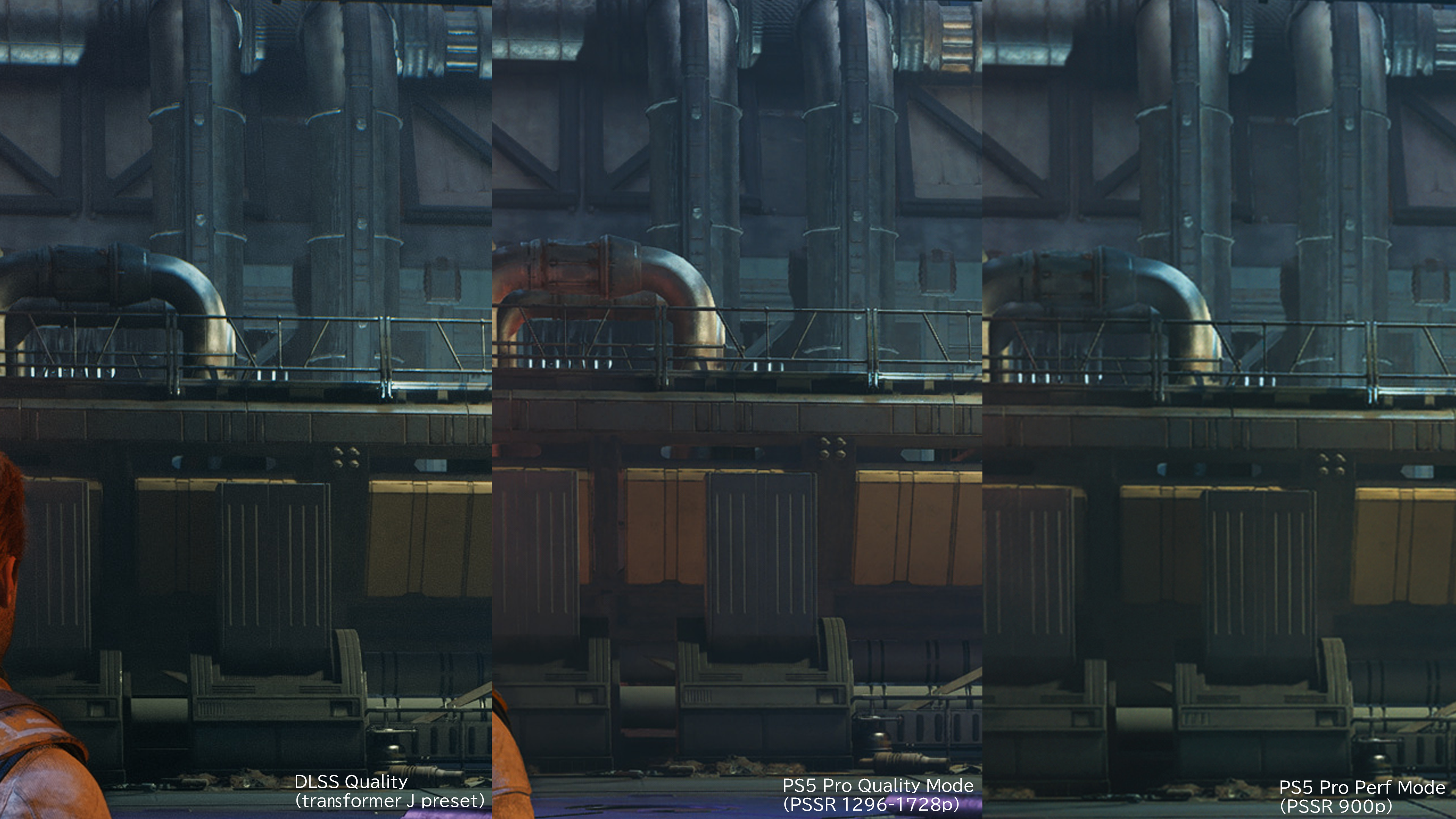I don't like TV, reshade and NVIDIA overlay sharpening. it is not something I can control (what I feel).
whenever I actively apply sharpening through reshade (lumasharpen, fidelityfx cas, and more), nvidia app (sharpen, sharpen+, details), nvidia control panel (nvidia image scaling), the image looks wrong to me. when I tried sharpening on a couple different TVs, I always hated how it looks even in games, movies and regular content. I didn't try it on your particular TV model and I likely never will, so I will never know. I don't really care. I just don't like external sharpener filters. that much is clear
the reason for this is because it is external
. it means I see what image looks like before applying that external sharpening. so when I apply it, I immediately feel like something is wrong. if a game ships with sharpening enabled by default, I either don't notice it or just accept it and move on (black myth wukong).
believe it or not, I had to stop playing last of us part 2 remastered on PS5 because it has a forced sharpening filter. I've played that game at blurry 1080p for at least 150 hours. I'm so used to its natural, non sharpened look, I just couldn't get used to how it looks on its PS5 remaster. now I look forward to its PC release where hopefully I can disable its sharpening. by the way, last of us part 2's base ps4 pro version on ps5 does not have the sharpening filter on ps5. so I played that and moved on
so being "unaware" is okay. it doesn't mean I'm fine with it. it doesn't mean I can enable an external sharpener and say "hey this looks better and great". over the years I've tried countless sharpening filters to fix "TAA" at 1080p. nothing worked for blurring in motion. I eventually gave up. up until DLSS 4
anyways, your uncharted 4 comparisons are made with character just standing still which gives TAA time to reconstruct to high quality non blurry image. TAA in RDR 2 looks reasonably sharp and clear while standing still, but becomes blurry in motion,
this is exactly what happened with uncharted 4 and tlou 2 on base PS4 when I played them. DLSS 4 however is sharper and clearer
in MOTION. I can prove it to you if you want (or do it yourself, if you think you can pull it off yourself. and of course do it at 1080p)
i had to be elaborate because it seems like there's a miscommunication and I feel like you really don't understand what I am trying to say which is not your fault entirely but sharpening is a complex topic for me as I've explained above. for me to be fine with a sharpened look, I should not see it non sharpened, if that makes sense
(half life 2 rtx is a specific situation where non sharpened alternative is a noisy mess that looks horrible)










